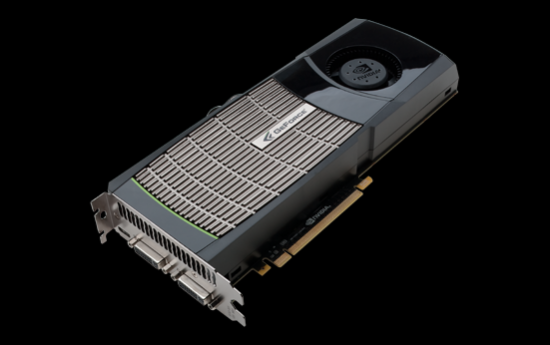 3D graphics. What is this phenomena all about? James Cameron’s Avatar made record earnings from its seamless integration of 3D technology in the realm of film, but what does this imply for the world of gaming?
3D graphics. What is this phenomena all about? James Cameron’s Avatar made record earnings from its seamless integration of 3D technology in the realm of film, but what does this imply for the world of gaming?
Nvidia already seems to know that 3D gaming will be the next revolution in interactive entertainment and they’ve jumped on board full steam with their newest product, the GTX 480 graphics card and its “little brother,” the GTX 470. Technical specs are almost unimportant for this monster, rendering graphics and benchmarks at about double the quality of prior Nvidia chipsets.
If it were just a more powerful graphics card than its predecessors, the GTX 480 would still be a behemoth, but it can do much more. At a tech demo at PAX East in Boston this past weekend, Nvidia showed off the GTX 480’s ability to render full 3D graphics on three screens simultaneously, creating a panoramic, peripherally engulfing array of graphics that can only be truly appreciated with 3D glasses much like the kind that you might find in 3D movie theaters right now.
It was a wonder to behold, but how does it feel to actually play? Sure, 3D movies can look amazing, but wouldn’t it be a different experience to actually interact with graphics like that? The answer is a resounding yes in the most positive way possible.
Nvidia had booths set up at PAX East with playable versions of several games on both single and triple monitor setups, all of the machines running either the GTX 480 or the GTX 470. I got my hands on a single monitor version of Lost Planet 2 and immediately found myself running and gunning in an alien jungle that was no longer just a series of images on a screen, but a truly immersive experience. Words do not do this sort of experience justice: there is nothing like running through a virtual jungle and actually feeling like the plant life is rushing past your face, the explosions are sending shrapnel in your direction, and that giant creature is really about to eat you if you get too close.
I thought I had seen it all until I got to the playable three screen version of Battlefield: Bad Company 2. The panoramic peripheral 3D visuals and stereo sound were unlike even the single monitor experience I had just had with Lost Planet 2. If a single monitor 3D experience is practically beyond words, a panoramic peripheral experience is an even greater jump into the realm of complete and total gaming immersion.
What about calibration issues, headaches, and the other issues commonly associated with 3D experiences? Nvidia has an answer for this in the form of advanced 3D glasses that actually plug into your machine and actively refresh themselves, a major leap beyond the static polarization of the glasses that you might find at a movie theater. With 120 frames per second coming through the monitor, the glasses refreshing their polarization at 60 frames per second, and a calibration module to fine tune the depth experience to your own personalized level of comfort, I quickly found settings that were drastically more comfortable than any 3D experience that I’ve ever had in a movie theater. While I can’t speak for the long-term play sessions, only having a few minutes on each setup, the short-term experience was extremely promising for what’s to come.
3D gaming is truly the wave of the future and Nvidia is leading the way with the GTX 480. Believe the hype.


